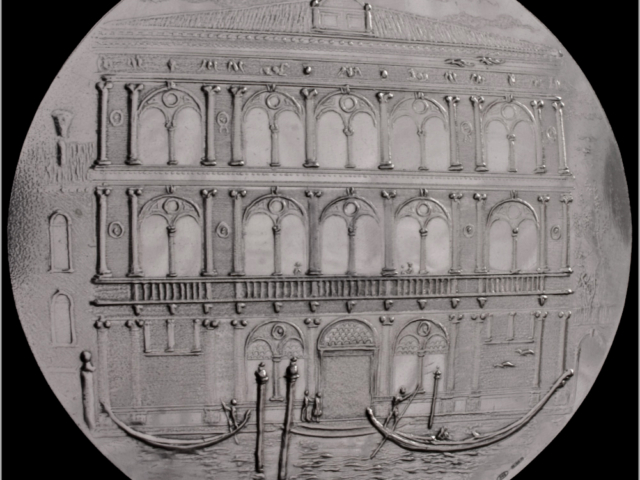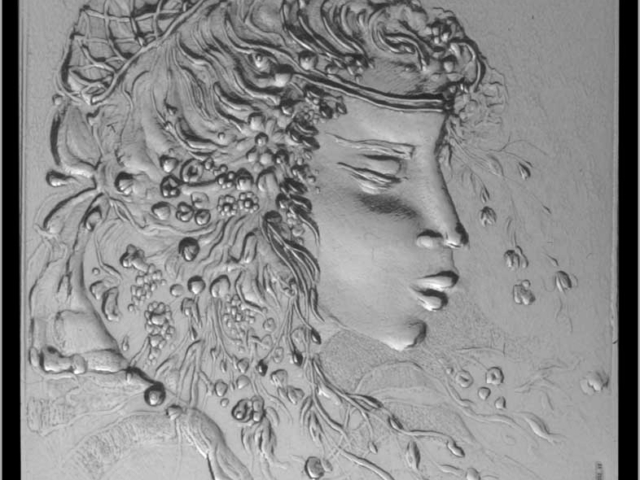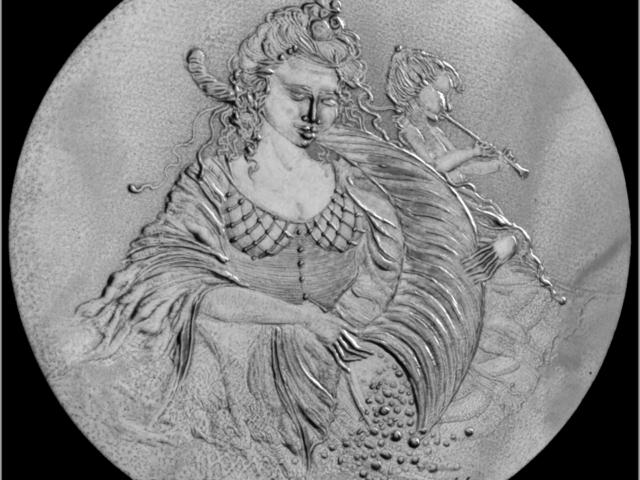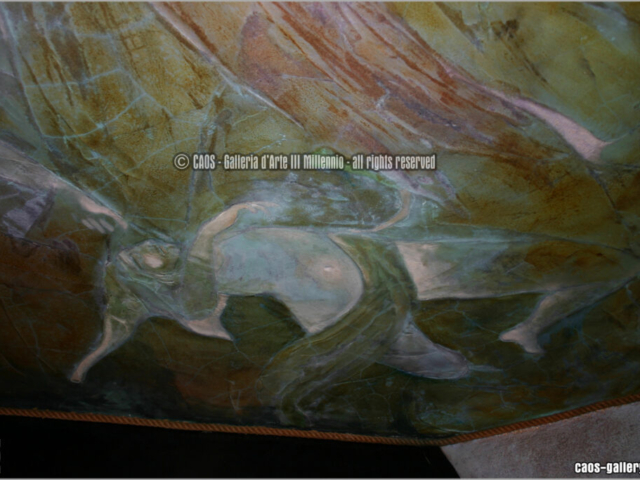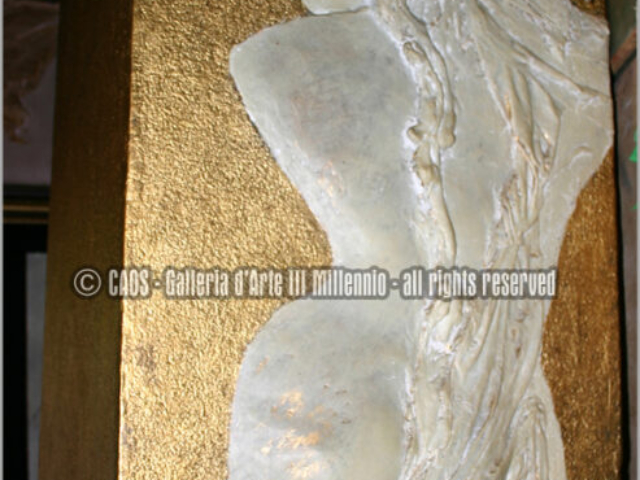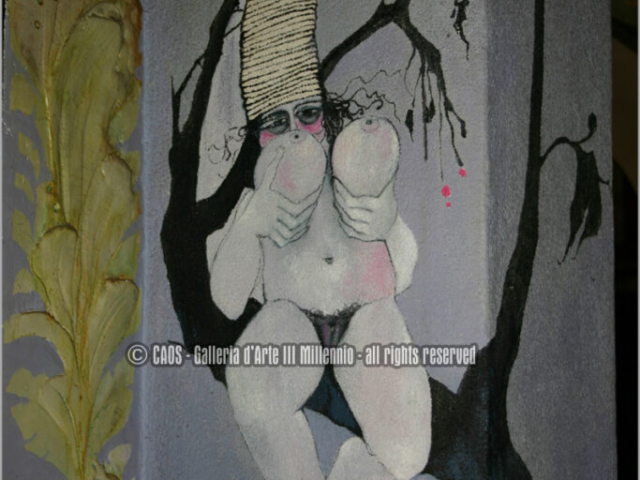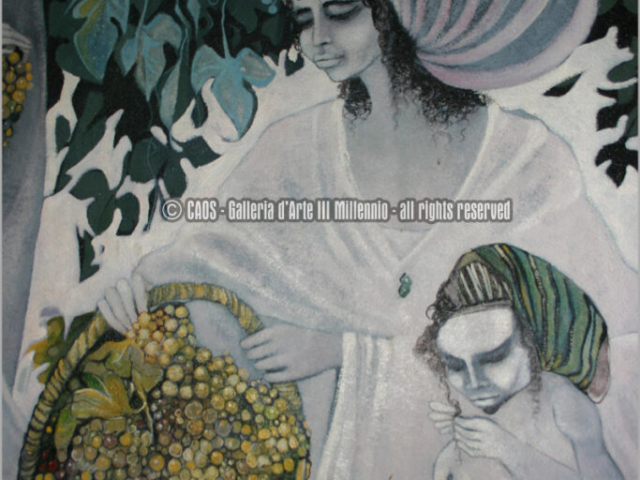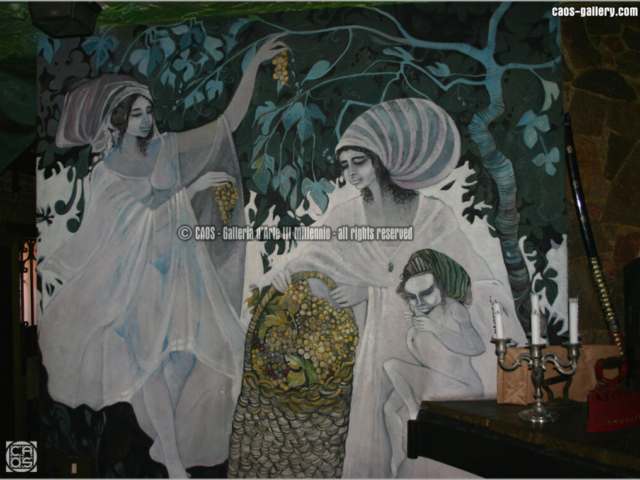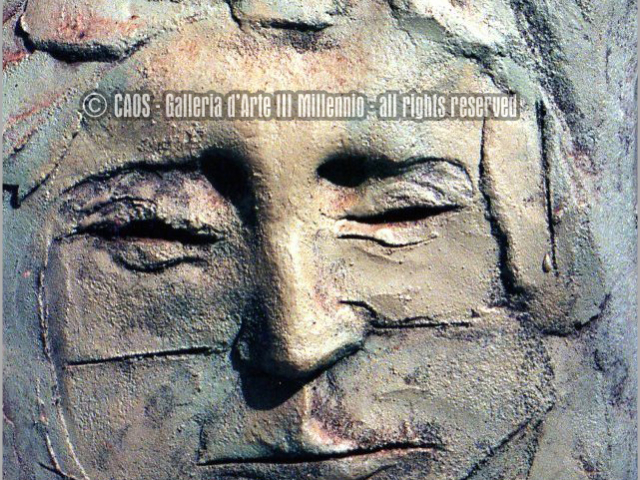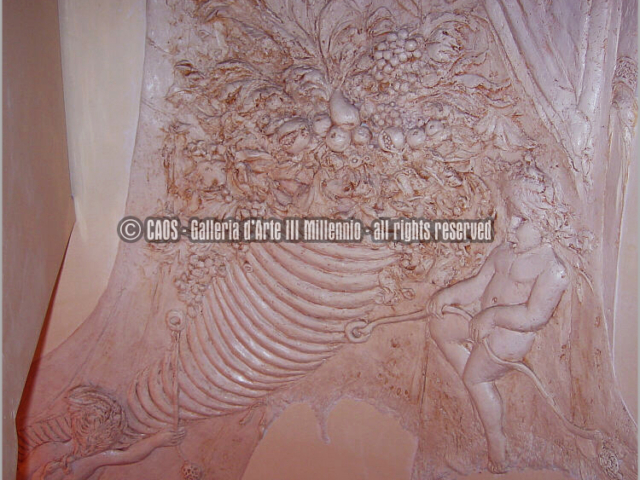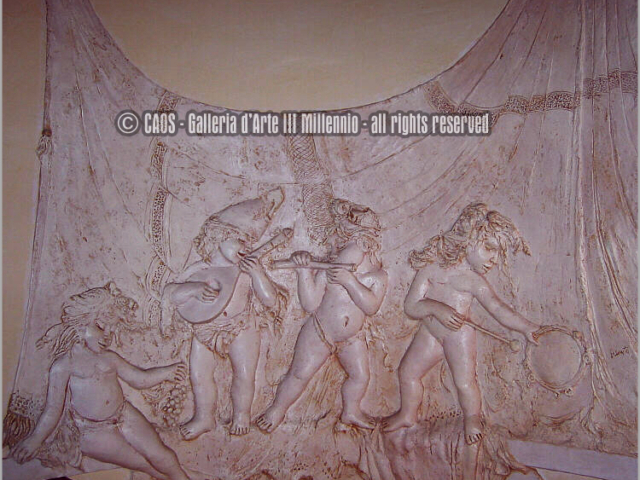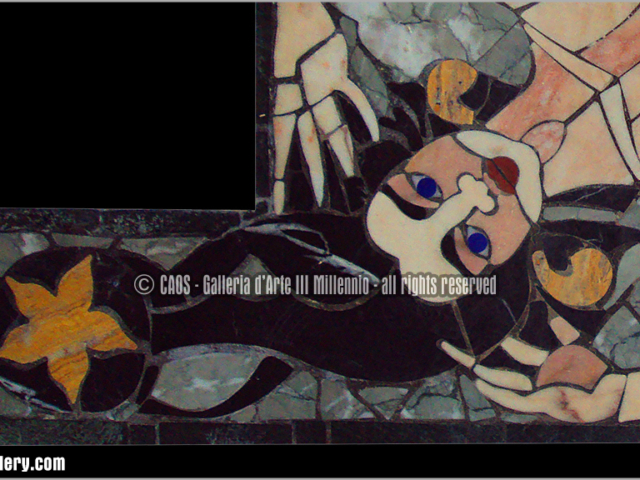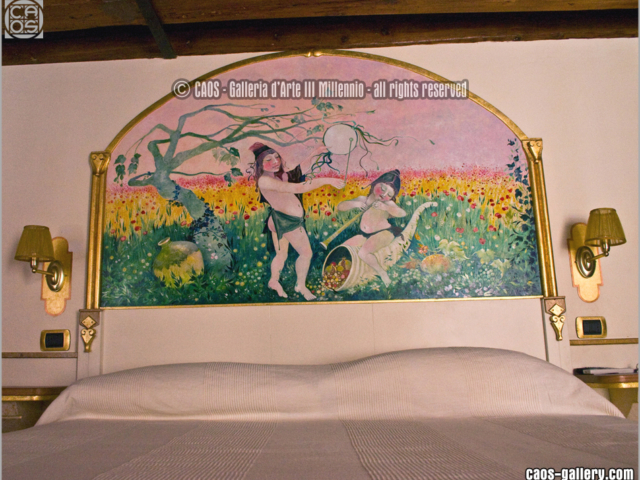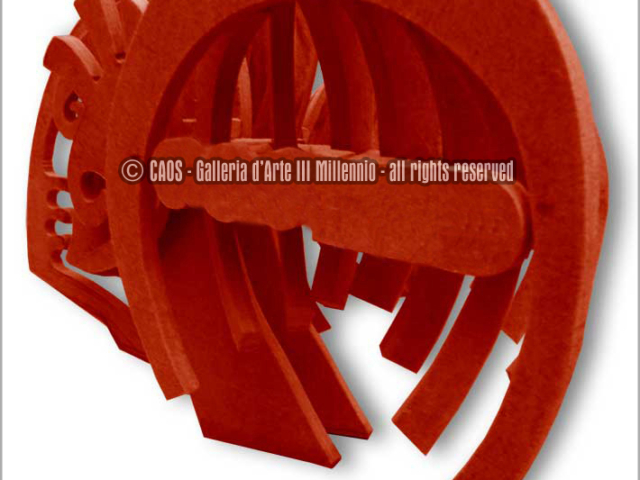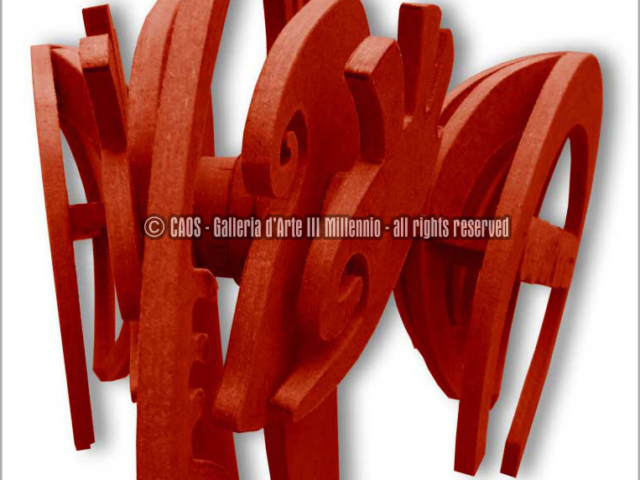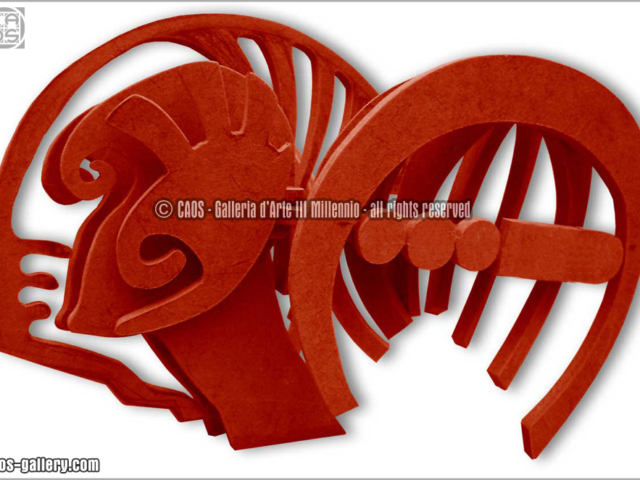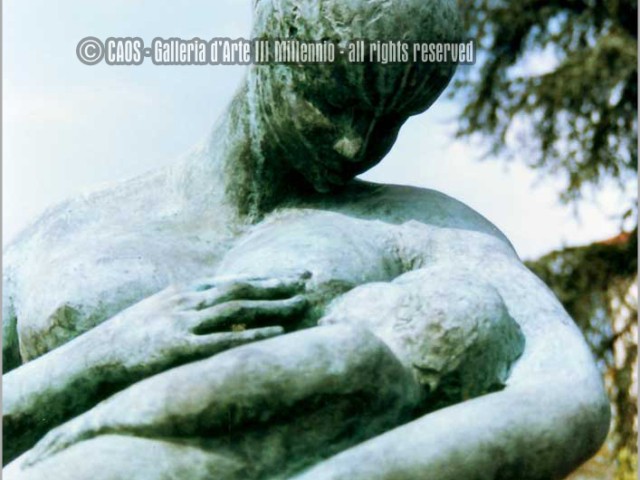Bronze sculpture-monument lost wax casting, Bondeno di Ferrara
The project invlolves the creation from the cast of 9 specimens of which 3 are author’s proof. The first author’s proof was donated by the artist to the Parish of Merlengo ( Treviso Italy ).
This large sculpture was modeled in a plaster form by the artist Mario Eremita in his Merlengos’ laboratory of Ponzano Veneto in 1992.
The Parish Priest Don Eraldo Modolo wanted to leave to the pastoral community a significant and precious contemporary work of art that spoke directly to the hearts of the people. He therefore took up a collection to guarantee the artist’s living expenses: the artwork of the founders and the purchase of materials. Eremita received no compensation.
The second proof of the author was acquired in 2006 by a collector from Ferrara who wanted to place it in the park of his villa.
Currently, the last seven examples must be created, including an author’s proof, they will be created only on commission.
Each example, being the work created in 9 copies of which three are proofs of the author, is, according to the conventions and customs of the art market, to be considered a unique piece.
Critical note
Reading key; bottom up.
A majestic vegetal column screwed in a delicate spiral movement that recalls the basic chemistry of life, supports the sensual body of the eternal girl.
The body is magnificently tense and intent on tireless attachment. This artwork is an imposing affirmation of being, in its completeness.
The woman’s face is enraptured, dismayed to observe how, as soon as there are the slightest conditions, life takes root and grows, tenacious, strong, aggressive.
Finally, in a few instant centimeters the perspective escape, the climax, develops. The girl’s head contrasts with the solidity of her body. It flees from earthly life; leads to the extreme end.
Here is a vital form deformed by the abstract interprenetation of thought, which seeks afterlife and mystical confusion. The face is tense, the bones evident, the eye sockets empty, the skull stretched upwards; therefore no longer pushed from below but absorbed upwards.
However, there is something more. Generally it can be said that everything is there; and in fact it is so. This enormous vegetal column from which emerges, with a powerful dynamic spiral, the sensual body of the female intent on breastfeeding. It is a vital meaning: the roots, the tree of life, the spiral of life, the sumptuous and full forms of the woman who generates life, the powerful hips, the turgid chest; these are strong and unmistakable sexual appeals.
Sexuality is the key to life, sexual pleasure for humanity is the reward of life. Woman is at the center of sexuality. There is no symmetry between men and women. Woman is the meaning of life and for the artist she is the only hope of redemption.
The child in the mother’s arms has grown, has passed the age for breastfeeding but still depends on the mother’s breast. Once upon a time, ignorance, deprivation and poverty forced mothers to prolong breastfeeding.
The sculpture’s only truly symbolic quotation, this delicate testimony to the past also has a threatening meaning; perhaps a vital obsession: the dismay in observing how, as soon as the minimal conditions exist, life takes root and is tenacious, strong, aggressive.
Finally, observe the perspective escape. It is already present, in the climax, in the arms and hands: they become slender, thread-like, abstract. They contrast with bodily solidity, they want to disengage from earthly life. The woman’s face and head brong this “escape” to an end.
The figure here is no longer a vital form but is deformed by the abstract interpenetration that wants to bring impetus to the search for the supposed afterlife or mystical bewilderment. The face takes on extreme aspects and the skin is tense and makes the bones evident, the eye sockets already appear empty, the skull is stretched upwards, as if absorbed by a mysterious force of attraction, towards the sky, the unknown, the final answer:
God?
contact us














